Oct. 4, 2024: During fall migration along the Falmouth coast, Semipalmated Plovers forage on mudflats, using a “run-stop-peck” technique to catch invertebrates. They rely on tidal cycles and often forage in groups. This plover was recently seen near the wrack line at Chapoquoit Beach in West Falmouth.
During fall migration along the Falmouth coast, Semipalmated Plovers exhibit distinct foraging habits that help them build up energy reserves for their long journeys. These small shorebirds are often seen along sandy beaches, mudflats, and tidal zones where they forage for invertebrates.
Key Aspects of Foraging Behavior:
1. Feeding Style: Semipalmated Plovers use a “run-stop-peck” technique, quickly running in short bursts, then pausing to spot potential prey before pecking at it. This method allows them to effectively scan large areas for food.
2. Diet: Their diet primarily consists of small invertebrates like marine worms, tiny crustaceans (such as amphipods and isopods), insects, and mollusks. They also consume small bivalves, bristle worms, and occasionally seeds.
3. Habitat: They prefer foraging on intertidal flats, exposed sandbars, and salt marsh edges, where the ebbing tides expose a rich array of food sources. The soft, moist substrates in these areas make it easier for them to spot and capture prey hidden in the sand.
4. Tidal Influence: Semipalmated Plovers are highly influenced by tidal cycles, as low tide exposes a broader feeding area and brings their food sources closer to the surface. They typically follow the retreating tide to forage on newly exposed mudflats.
5. Social Foraging: While they can be found foraging alone, they often forage in loose groups or mixed flocks with other shorebirds, such as Sanderlings and Semipalmated Sandpipers, especially during peak migration periods.
On Falmouth’s shores, these behaviors help the Semipalmated Plover fuel up for the next leg of its migratory journey, with its efficient foraging style enabling it to gain the energy necessary for long flights.


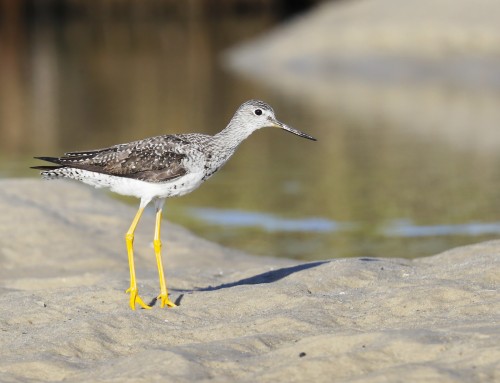
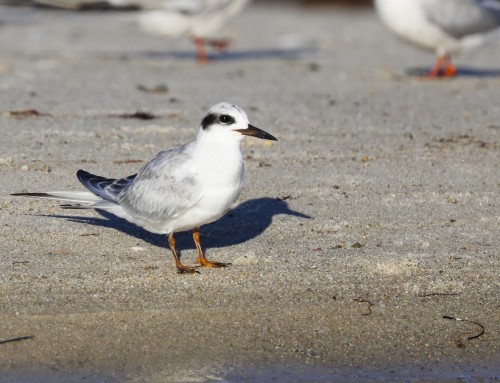
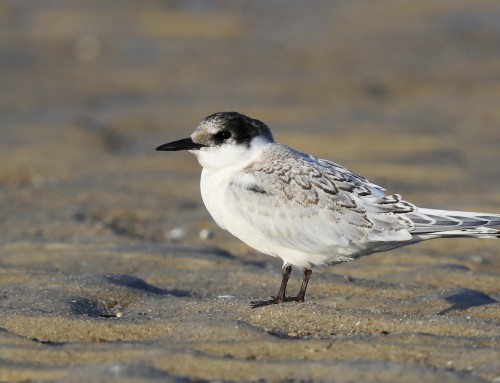
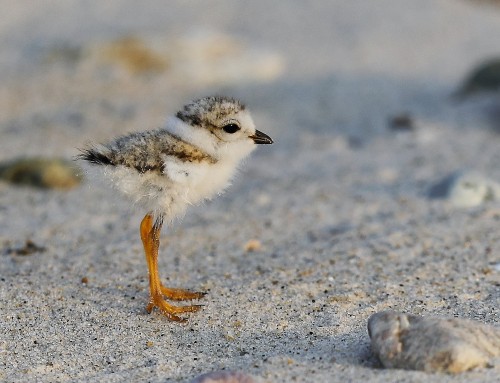
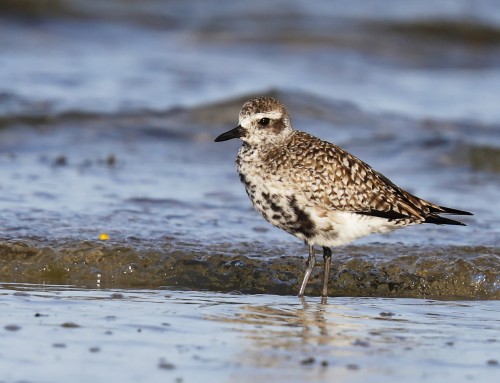
Leave A Comment
You must be logged in to post a comment.